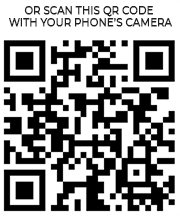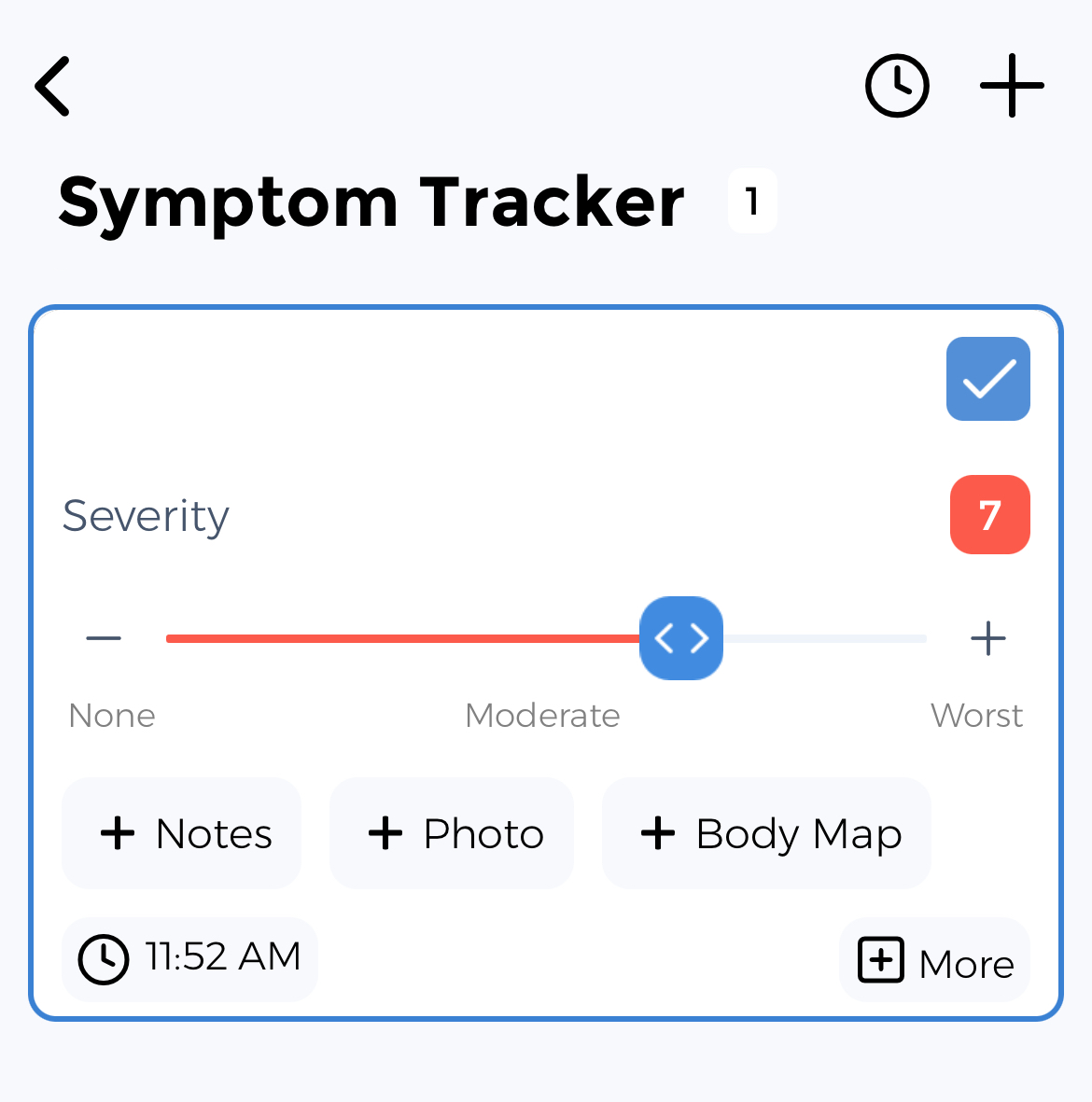Demodex Infestation Symptom Tracker: Your Health Assistant
Living with Demodex Infestation means dealing with facial redness, itching, burning sensation, and more. But here's the truth: Data is your most powerful tool. Every logged symptom reveals patterns—so you can take informed action.
Demodex infestation involves microscopic mites that live in or near hair follicles, most commonly affecting the face. While they are normally present in small numbers, overpopulation can trigger inflammatory skin conditions and exacerbate existing dermatological issues. Tracking symptoms helps monitor treatment effectiveness and identify factors that influence mite proliferation.
Key Demodex Infestation Symptoms You Should Track
Struggling with symptoms like these? Tracking them reveals patterns, triggers, and how they impact your daily life.
Facial redness
Itching
Burning sensation
Flaky skin
Small pimples
Eyelid inflammation
Dry eyes
Crusty eyelid margins
Crawling sensation
Increased skin sensitivity
Worsening at night
Hair loss (in severe cases)
Track Your Demodex Infestation Treatments
Tracking how these common treatments affect your symptoms can help you and your healthcare provider optimize your care plan:
Our tracker helps you monitor when you take medications and how they affect your symptoms over time.
Standardized Demodex Infestation Assessments
Complete these evidence-based assessments in the App to measure your severity and monitor your progress:
⚡ Knowledge Is Your Superpower
The difference between feeling overwhelmed by Demodex Infestation and feeling in control starts with data. When you track your symptoms, you transform uncertainty into clarity. Every data point brings you closer to understanding your unique patterns.
It's free to try for anyone—whether you're managing your own condition, supporting a child, helping an aging parent, or assisting a partner. Our tracker adapts to your specific role in the health journey.
How the CareClinic Demodex Infestation Symptom Tracker Adapts to Your Needs
Adults
Caregivers
Parents of Children
Young Adults
Your Complete Demodex Infestation Management Toolkit
Uncover Patterns & Insights
Map your Demodex Infestation symptoms like a detective solving a case.
Understand Your Medication's Impact
Turn guesswork into strategy. See how treatments affect your well-being with clear health insights.
Objectively Measure Your Progress
Use clinically validated tools to objectively measure your progress.
Other Tools You May Like...
Plus 2 more specialized tracking tools available
Access All Tracking ToolsAlso Supports Other Conditions Like
Blepharitis Tracker
Blepharitis warriors use our tracker to monitor red eyelids, itchy eyelids.
Folliculitis Tracker
Folliculitis warriors use our tracker to monitor small red bumps, white-headed pimples.
Dry Eye Syndrome Tracker
Dry Eye Syndrome warriors use our tracker to monitor eye dryness, eye irritation.
Success Stories from Our Community
"The tracker showed me patterns between my Demodex Infestation flare-ups and my Dry Eye Syndrome. This holistic approach has been game-changing for my overall health."
"This tracker helped me see my Demodex Infestation in a whole new way. My crusty eyelid margins always peaked 2 days after diet changes - something I never would have realized without keeping consistent records."
Take Control of Your Demodex Infestation Journey
Transform from feeling like a passive patient to becoming an informed self-advocate. Join thousands who've discovered new insights about their condition.
Designed by people who understand the daily challenges of managing chronic conditions, we're here to support you and your ❤️ ones.
Download Your Demodex Infestation Tracker NowYour Data is Protected
Private & Secure
HIPAA Compliant
GDPR Compliant
Never Sell Data
Your data is yours: You get full control over who can view your information. CareClinic keeps all your data secure and encrypted.
References based on studies by:

